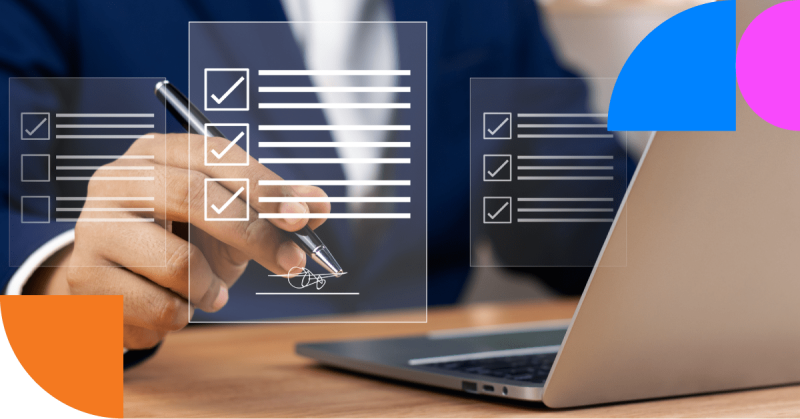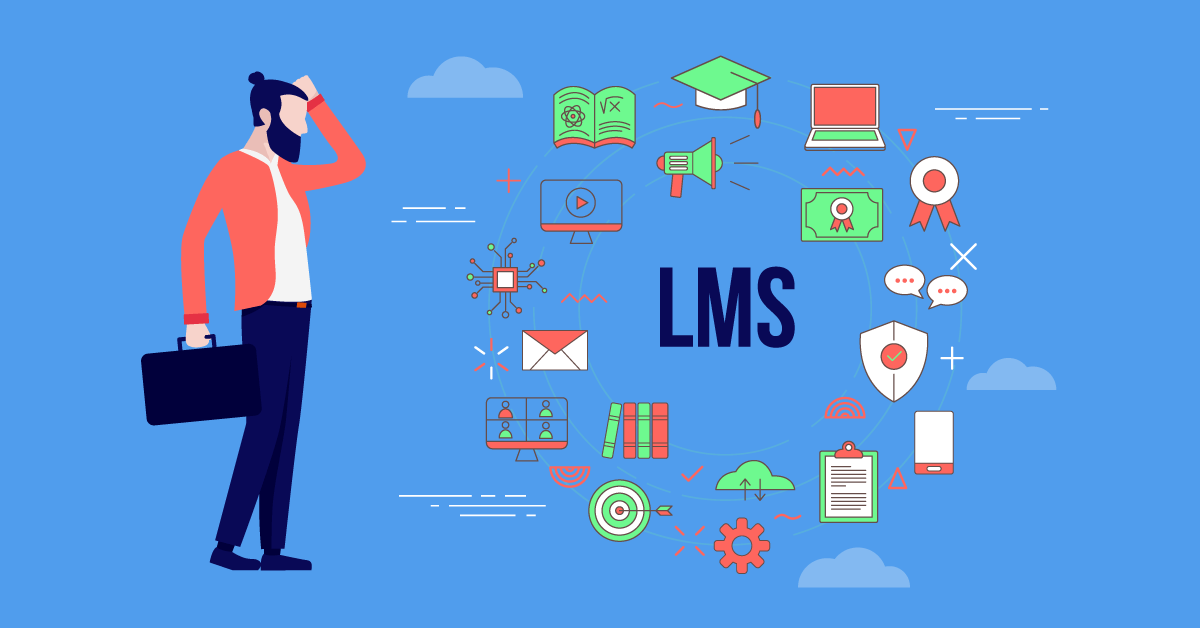But improving performance in the workplace still remains a puzzle for many organizations today. And as the world of work becomes more complex, changing and technologically advanced, the puzzle only seems to become more tricky. Not to mention the rise of remote work and dispersed teams, which makes the measurement and improvement of performance at work, well, challenging.
But we’ve got good news because all it takes is four simple strategies to improve the performance of employees.
How to Improve Employee Performance in 4 Simple Steps
Improving employee work performance won’t be difficult if you follow the right tips. Let’s take a look at a few easy steps to optimize employee performance in any organization:
- Understand the reasons behind poor performance
- Create an engaged workplace culture
- Encourage good health and happiness at work
- Provide opportunities for lifelong learning
Next, let’s look at each step more closely.
Understand the reasons behind poor performance
It’s probably safe to say that employees don’t wake up in the morning and think to themselves, “Gee! Today I’m going to do less than my best, try not to meet my goals, and generally perform poorly.” So what is it, then, that drives poor performance?
Understanding the causes behind poor performance (and even average performance) is a critical first step toward improving employee performance. Because if you don’t know the cause, you can’t effectively treat the symptoms.
Start by having open and honest conversations with employees. During performance appraisal, ask them what motivates them and gets them excited about work, and what holds them back. They might tell you that they:
- don’t understand their role and responsibilities
- feel unqualified or under-skilled to meet their performance objectives
- don’t have the resources they need to perform optimally, or
- they’re not getting on with a team member which is making them feel unmotivated and disengaged.
While these conversations are an important first step to getting employees interested in their own performance, employees won’t always have the answers. Sometimes employees might feel that they have everything they need to perform well, and they are working as hard and smart as they can.
In these cases, objective strategies like observing real-time performance, or asking for peer feedback, can provide the clues you need. In these situations, the underlying cause of poor performance can often be put down to misunderstandings, like:
- employees don’t truly understand the company vision or how their job contributes to its achievement, or
- employees don’t have measurable performance goals, so they don’t even realize they aren’t performing well enough.
Once you understand where the problems are arising, you will know how to improve employee performance.
Create an engaging workplace culture
The numbers say it all! Again and again, research has found that employees are more engaged and motivated to work hard when they receive regular feedback, are recognized for good performance and are encouraged to build on their strengths. It’s simple – engaged employees perform better.
A workplace that fosters a culture of engagement is made up of a few secret ingredients, like:
- active collaboration between teams and employees
- employee investment in the company vision
- recognition and rewards for top performance
- regular, constructive feedback, and
- acceptance of mistakes as learning opportunities, rather than failures.
So, create a positive and engaging workplace culture by regularly reminding employees about the company vision, and how they can help to make it a reality. Create competitions and reward systems that recognize top performers and make them feel valued. This will encourage them to continue their good performance, and will also encourage others to want to do the same.
Setting role models and mentorship programs are also one of the most effective ways an employee can improve performance. Strong, ambitious leaders and experienced mentors that employees respect and admire are a sure way to motivate improved performance.
Finally, provide constructive feedback, and create a workspace where employees feel safe to make mistakes. Failure to achieve performance goals should be viewed as an opportunity to learn and grow, rather than a cause for naming and shaming. Because if employees feel embarrassed or incompetent, they will be less self-confident and driven to perform better the next time around.
Encourage good health and happiness at work
Anyone who has ever written an email when they are tired, sick, hungry or anxious (maybe all of the above) will know that this is when mistakes are most common. Yip, those embarrassing typos that make you wish you just waited until morning before hitting ‘send’.
Employees who are mentally, emotionally or physically unwell simply don’t have the energy or focus they need to perform optimally. And we’re not just saying this! Recent studies on how to improve staff performance and productivity have found that employee wellbeing is a key contributor toward productivity, not just for the employees, but for those around them too.
So, make sure that your organization adopts physical and mental wellness programs that foster good health among employees. This could include access to gyms, stress counselors, and educational talks by health professionals. Fruit on the tables and healthy eating subsidies can be a simple trick, too.
Of course, it’s normal for there to be high-pressure periods at work. Projects and deadlines sometimes require that employees work long hours under an intense sense of urgency. It is, though, important that these periods are not sustained for too long. It’s all about the balance.
So, after a big project or deadline is completed, reward the team with some time off. Encouraging balanced work hours helps employees to have time for themselves and their families. This reduces stress, increases happiness and gives employees the renewed energy and focus that they need when they’re at work.
Provide opportunities for lifelong learning
Wondering how to improve employee performance when your employees can’t keep up with changing skills demands? You’re not the only one. Constant change and new technologies mean that staff is never finished with learning new skills and knowledge.
And if they’re going to perform at their best, they need to be well equipped. Because performance expectations are unfair and demotivating if employees don’t have the know-how to achieve them. So, lifelong learning has become a necessary habit in organizations today.
At this stage, if you’re shuddering at the thought of daily classroom training sessions – don’t. Because technology hasn’t just presented a skills challenge to the workplace; it’s presented a solution, too!
A powerful Learning Management System (LMS) is user-friendly, accessible from any place, at any time, and can actually make learning fun. With features that support gamification and microlearning, employees can learn conveniently, and you can create and update learning material with ease.
This is how training can improve the performance of employees. Ongoing skills development equips employees with the knowledge, skills, and mindset they need to adapt their performance and achieve their objectives. What’s more is that they’ll feel satisfied and engaged in their work, too.
Bringing Employee Performance Optimization to Life
No more wondering how to improve employee performance. You’ve got the steps, now it’s time to put them into action.
Remember, optimal performance doesn’t happen overnight. Rather it’s an ongoing commitment to learning and improving. This is how to enhance employee performance for the long run.


